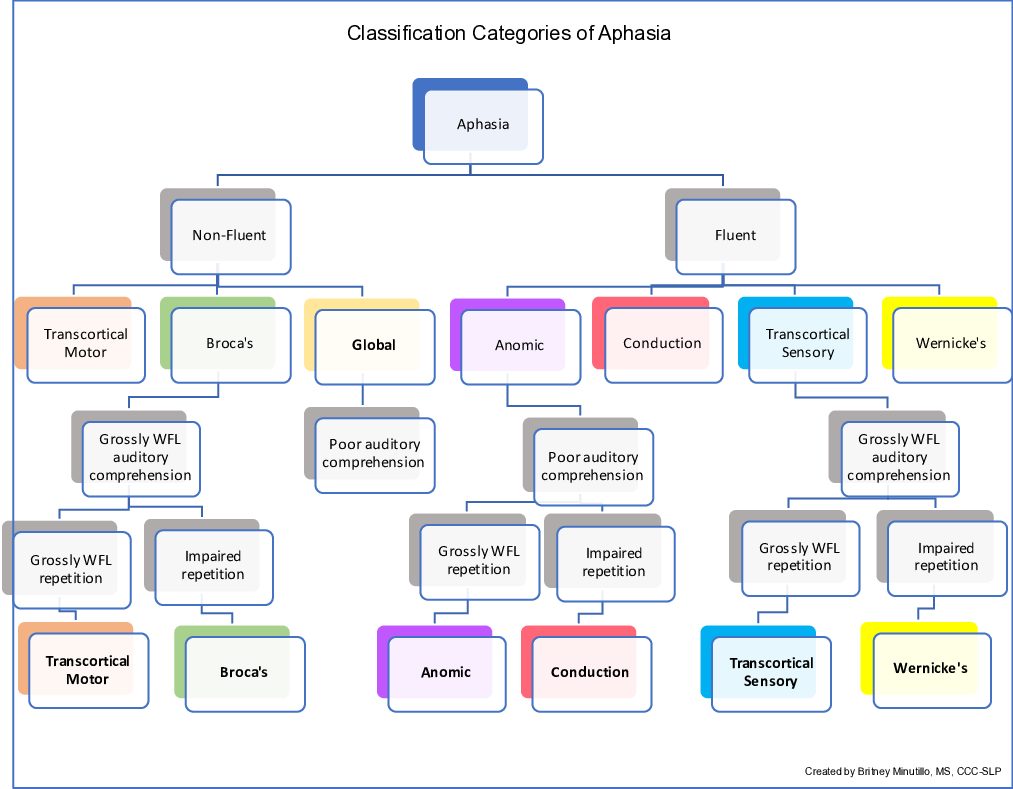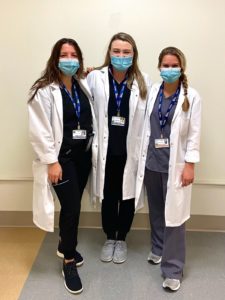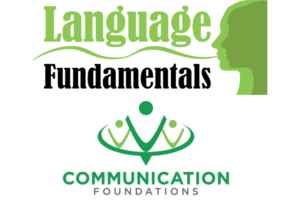UPDATE April 2022: Actor Bruce Willis was recently diagnosed with Aphasia. Aphasia is a language impairment caused by some type of damage to the brain (typically but not always a stroke, head trauma, or tumor). It can affect a specific area of the brain from head trauma or a brain tumor. Aphasia can come in many different forms, but they are broadly categorized into two groups:
- Expressive aphasia is a type of aphasia that involves saying what you want to say
- Receptive aphasia is a type of aphasia that involves understanding what is said
As a Graduate Student, I became fascinated by learning about the different types of Aphasia. Understanding the different types provide the building blocks for effective treatment. Listed below are the 7 different types of aphasia:
1. Broca’s aphasia
2. Transcortical motor aphasia
3. Global aphasia
4. Wernicke’s aphasia
5. Transcortical sensory aphasia
6. Anomic aphasia
7. Conduction aphasia
Out of these 7 types of aphasia, they are next broken down by fluency (fluent or non-fluent). Furthermore, by the ability to repeat words and auditory comprehension skills. Personally, that’s when I think it can get confusing. Once we separate the categories by fluency, the remaining aphasias have a lot of common presenting characteristics.
As a graduate student at Adelphi, I created a graph from my notes. Given the complexity of aphasia, understanding and remembering the very distinct characteristics is helpful.
With this in mind, I share it in the hopes that it will help your patients in the future.
If you have any thoughts or comments, I’d love to hear from you. Please use the comment box below.
About the Author: Originally from Coral Springs, FL Britney Minutillo, SLP-CCC is a graduate of Penn State University and Adelphi University where she received a Master of Science degree in Communication Disorders: Speech-Language Pathology. Britney joined the team at Language Fundamentals in 2017 in the medical speech pathology field in Skilled Nursing Facilities and subacute rehab centers providing a variety of speech/language, cognitive-communication, and dysphagia evaluations and treatments. She is fluent in American Sign Language.



